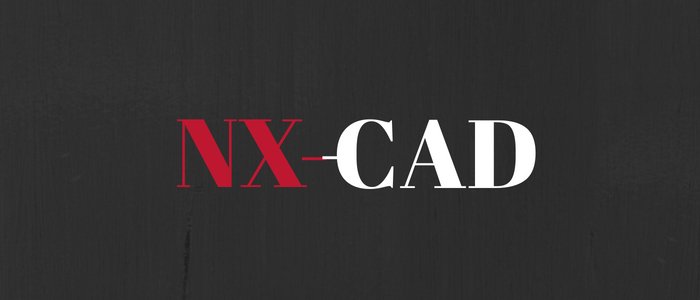
THE NX CAD or Unigraphic powerful and flexible product development software from Siemens Digital Industries Software, widely regarded as a leading CAD solution. It is used for a variety of tasks, including 3D modeling, drafting, simulation, and manufacturing planning. NX CAD supports both parametric and direct modeling techniques, allowing designers to create complex geometries and make changes efficiently. It’s designed to help designers achieve faster results by using more virtual product models and fewer physical prototypes, ultimately leading to faster time-to-market.
Key Features of Course Divine:
Career Opportunities Afte NX CAD or Unigraphics:
Essentials Skills You will Develop NX CAD or Unigraphics:
Tools Covered:
Syllabus:
Module 1: Introduction to NX Environment Overview of Siemens NX / Unigraphics
GUI (Graphical User Interface) navigation Customizing NX environment Coordinate systems & planes Creating & managing part files.
Module 2: Sketching in NX Sketch environment and tools Sketch constraints & dimensions Sketch relations and geometric constraints Creating complex profiles
Sketch best practices.
Module 3: Basic 3D Modeling Introduction to solid modeling Extrude, Revolve, Sweep, and Loft features Boolean operations (Union, Subtract, Intersect) Edge blends, Chamfers, Shell, and Draft Model regeneration and feature tree management.
Module 4: Advanced 3D Modeling Techniques Multi-body modeling Datum planes, axes, and points Pattern and mirror features Design intent and parametric modeling
Synchronous vs. history-based modeling.
Module 5: Assembly Modeling Creating and managing assemblies Constraints and mating condition Bottom-up vs. top-down assembly design Assembly navigation and explosion views Inter-part modeling and context-sensitive modeling.
Module 6: Sheet Metal Design Introduction to sheet metal module Flange, Bend, Jog, Dimple, Bead, etc. Unbend and features Sheet metal from solid body Flat pattern generation and drawings.
Module 7: Drafting and Detailing Creating drawing sheets and views Section, detail, and auxiliary views Dimensions and annotations Bill of Materials (BOM) Drawing templates and standards (ISO, ASME).
Module 8: Surface Modeling Basics of surface modeling Creating and trimming surfaces Swept surfaces and blends Freeform modeling techniques Transitioning from surface to solid.
Module 9: Reverse Engineering & Import/Export Importing geometry from other formats (STEP, IGES, etc.) Healing geometry and recognizing features Converting scanned data to usable CAD models Rebuilding models from surface or point data
Module 10: Project & Certification Preparation Complete real-world design project (component/assembly) Design validation and optimization Tips for NX CAD certification exam Exporting files for manufacturing (CAM/3D Printing).
Industry Projects:
Who Is This Program For?
How To Apply:
Mobile: 9100348679
Email: coursedivine@gmail.com

You cannot copy content of this page